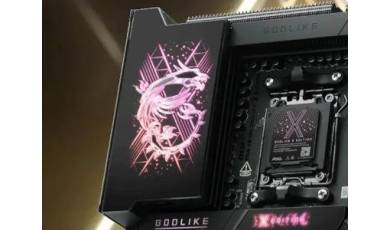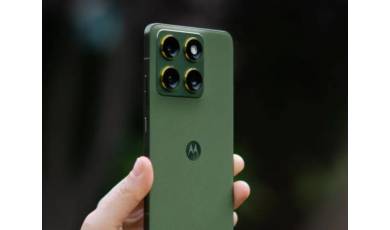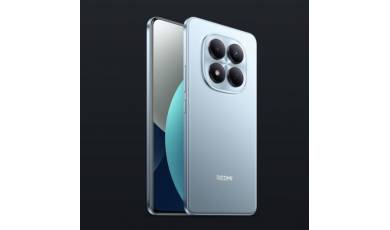Xiaomi Redmi Note 9S specs.
Mobiles >> Xiaomi >> Xiaomi Redmi Note 9S| Specifications | Reviews | Secret codes |
| Unlock phone | Root phone |
| Backup | Flash Firmware | Screenshot |
| Hard Reset |
| Bypass Xiaomi Account Verification |

Hardware and OS Xiaomi Redmi Note 9S
Smart Phone OS: An operating system (OS) is software that interacts between a user and a smartphone.
An operating system (OS) is software that interacts between a user and a smartphone.
Android 10, MIUI 11
Processor:
Octa-core (2x2.3 GHz Kryo 465 Gold & 6x1.8 GHz Kryo 465 Silver)
Chipset: Is a set of chips in the smartphone that control the CPU.
Is a set of chips in the smartphone that control the CPU.
Qualcomm SM7125 Snapdragon 720G (8 nm)
GPU: Graphics Processing Unit
Graphics Processing Unit
Adreno 618
Internal memory:
64GB 4GB RAM, 128GB 6GB RAM Random Access Memory
Random Access Memory
External memory:
microSDXC (dedicated slot)
Design Xiaomi Redmi Note 9S
Type:
IPS LCD capacitive touchscreen, 16M colors
Size:
6.67 inches, 107.4 cm2
Screen Resolution: Screen resolution refers to the size of the image received on the screen in pixels
Screen resolution refers to the size of the image received on the screen in pixels
1080 x 2400 pixels, 20:9 ratio
Protection:
Corning Gorilla Glass 5
Body:
Splash-proof
Body build:
Glass front (Gorilla Glass 5), glass back (Gorilla Glass 5), plastic frame
SIM:
Dual SIM (Nano-SIM, dual stand-by)
Dimensions:
165.8 x 76.7 x 8.8 mm (6.53 x 3.02 x 0.35 in)
Weight:
209 g (7.37 oz)
Colors:
Aurora Blue, Glacier White, Interstellar Gray
Connectivity Xiaomi Redmi Note 9S
2G: Second generation cellular network
Second generation cellular network
GSM 850 / 900 / 1800 / 1900 - SIM 1 & SIM 2
3G: Third generation cellular network
Third generation cellular network
HSDPA High-Speed Downlink Packet Access 850 / 900 / 1700(AWS) / 1900 / 2100
High-Speed Downlink Packet Access 850 / 900 / 1700(AWS) / 1900 / 2100
4G: Fourth generation cellular network
Fourth generation cellular network
1, 2, 3, 4, 5, 7, 8, 20, 28, 38, 40
WLAN: Wireless Local Area Network
Wireless Local Area Network
Wi-Fi 802.11 a/b/g/n/ac, dual-band, Wi-Fi Direct, hotspot
Bluetooth: Bluetooth is used to exchange data between nearby mobile devices.
Bluetooth is used to exchange data between nearby mobile devices.
5.0, A2DP, LE
GPS: Global Positioning System
Global Positioning System
Yes, with A-GPS Assisted Global Positioning System, GLONASS
Assisted Global Positioning System, GLONASS GLObal NAvigation Satellite System, GALILEO
GLObal NAvigation Satellite System, GALILEO European Global Navigation Satellite System, BDS
European Global Navigation Satellite System, BDS
Infrared port:
Yes
USB: Universal Serial Bus
Universal Serial Bus
2.0, Type-C 1.0 reversible connector, USB On-The-Go
Speed:
HSPA High Speed Packet Access 42.2/5.76 Mbps, LTE-A
High Speed Packet Access 42.2/5.76 Mbps, LTE-A
Technology:
GSM / HSPA High Speed Packet Access / LTE
High Speed Packet Access / LTE
Main Camera Xiaomi Redmi Note 9S
Camera:
48 MP, f/1.8, 26mm (wide), 1/2.0", 0.8µm, PDAF
8 MP, f/2.2, 119˚ (ultrawide), 1/4.0", 1.12µm
5 MP, f/2.4, (macro)
2 MP, f/2.4, (depth)
8 MP, f/2.2, 119˚ (ultrawide), 1/4.0", 1.12µm
5 MP, f/2.4, (macro)
2 MP, f/2.4, (depth)
Features:
LED flash, HDR, panorama
Video:
4K@30fps, 1080p@30/60/120fps, 720p@960fps, gyro-EIS
Selfie camera Xiaomi Redmi Note 9S
Camera:
16 MP, f/2.5, (wide), 1/3.1" 1.0µm
Features:
HDR, panorama
Video:
1080p@30fps
Multimedia Xiaomi Redmi Note 9S
Radio:
FM radio, recording
3.5 mm Jack:
Yes
Loudspeaker:
Yes
Features Xiaomi Redmi Note 9S
Sensors:
Fingerprint (side-mounted), accelerometer, gyro, proximity, compass
Battery Xiaomi Redmi Note 9S
Capacity:
Non-removable Li-Po 5020 mAh battery
Comments, Questions and Answers about Xiaomi Redmi Note 9S
Ask a question about Xiaomi Redmi Note 9S






